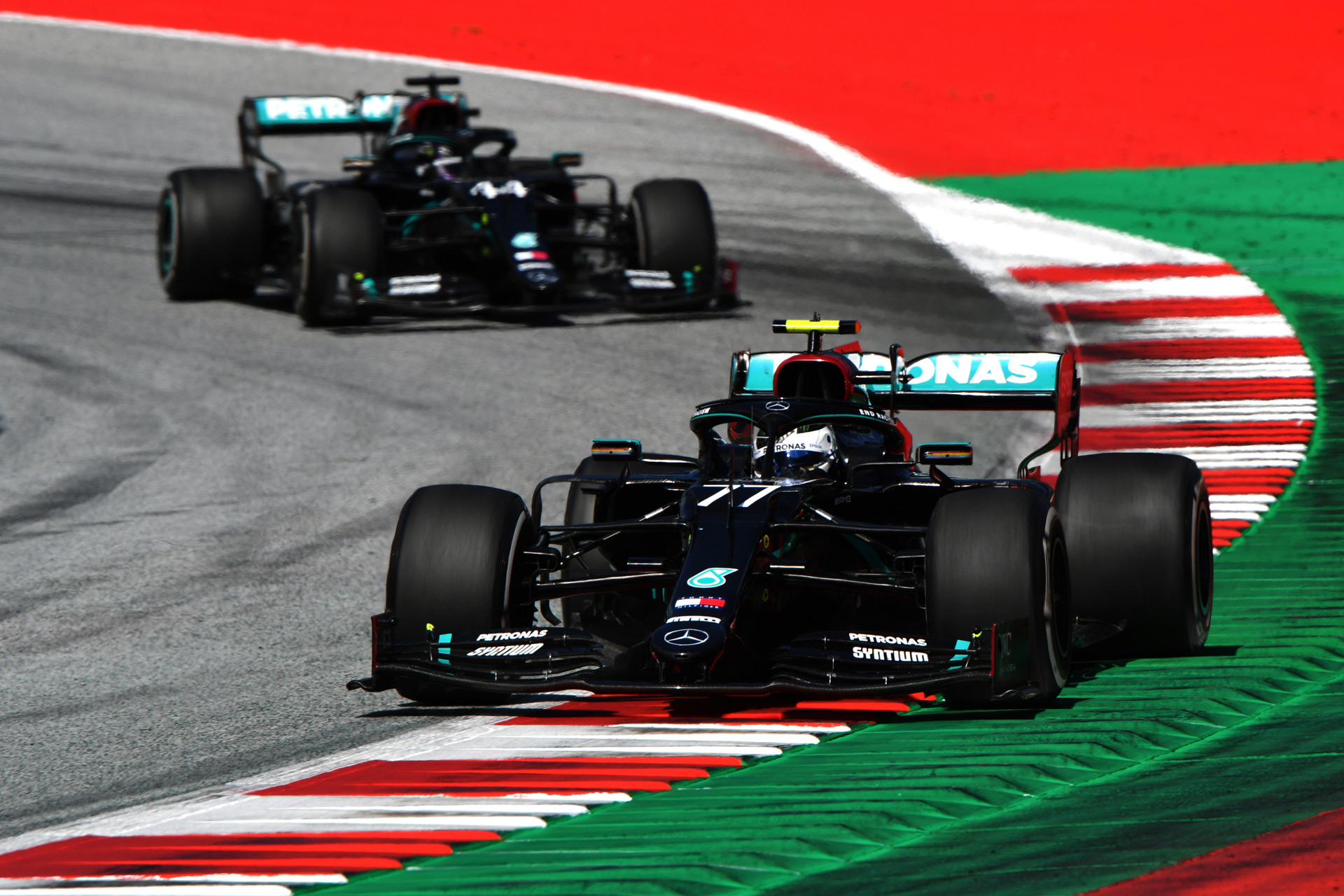

Although Russell had many good quali results, where he had beaten the Haas and Alfa drivers. Williams is not last according to this, it’s one of the biggest suprises to me. So, at the first graph, is the deficit measured in percentages or in seconds? Because the caption says: “Deficit to fastest laptime (%)”, while when the mouse is hovered over the bars it displays the deficit in seconds.Īlthough it seems to me that it’s measured in seconds. This weekend is the third time in the last four races they’ve been within 0.7% of the pace, a significant step forward from the beginning of the season, which bodes well for their 2021 campaign. “Regarding the gap to both the Red Bull and the Mercedes, to be honest, I simply need to wait for more analysis to understand if they had any specific issues in their qualifying sessions.”įerrari also have some encouragement at the end of a hard season. “ Lando was feeling comfortable with the car all weekend and in the end he was building it up over qualifying and simply did a brilliant lap, probably one of the best laps he did in qualifying since he a Formula 1 driver. “Looking at the qualifying today, but I think also looking at the at the whole weekend so far, we had a competitive car from the first run onwards on this track,” he said. McLaren team principal Andreas Seidl was at something of a loss to explain where the performance has come from. Having been 1.4% slower than the pace-setters prior to this weekend on average (Turkey excluded), at Yas Marina their deficit is just 0.26%. McLaren enjoyed by far their best performance of the season. Red Bull’s pole position wasn’t the only surprise in qualifying. For Alfa Romeo, Williams and Haas – the latter bringing almost no developments to their car this year – the midfield was too far ahead for them to score in most races. McLaren, Ferrari, Renault and AlphaTauri were close behind. Racing Point’s controversial Mercedes-aping RP20 proved the third-quickest car of the year. Mercedes therefore topped the 2020 ranking, comfortably ahead of Red Bull, who had a similar margin over the midfield. But having been over 1% slower than their rivals in many of the early races, they had a long way to come. Red Bull have steadily closed the gap on Mercedes over the course of the season, the proof coming with their first pole position of 2020 in the final race of the year. Haas didn’t bring upgrades for its VF20If only the front of the field was so close. Over the course of an entire season, the performance gap covering 10 cars was less than half a percent of lap time.

But the striking thing about this group of five teams is how closely matched they have been. At the end of their worst season in decades, Ferrari ranked fifth out of the 10 teams in pure performance. The midfield featured an unexpected addition this year in the form of Ferrari. Unless the latter can nab a top 10 finish tomorrow they will end the season point-less despite having produced a more competitive car this year, which George Russell used to make several forays into Q2.
#F1 2020 CARS PLUS#
Starting at the back we find the three stragglers: The two Ferrari customer teams plus Williams. We can split the field into three broad groups. Discarding the Turkish Grand Prix, where a very low-grip track surface plus rain equalled wildly unrepresentative lap times, we can assess how each team performed over 16 rounds on 14 different courses.


 0 kommentar(er)
0 kommentar(er)
